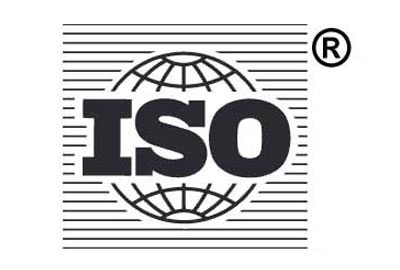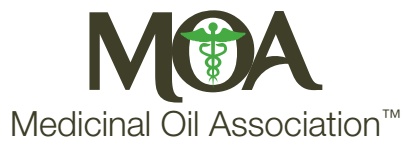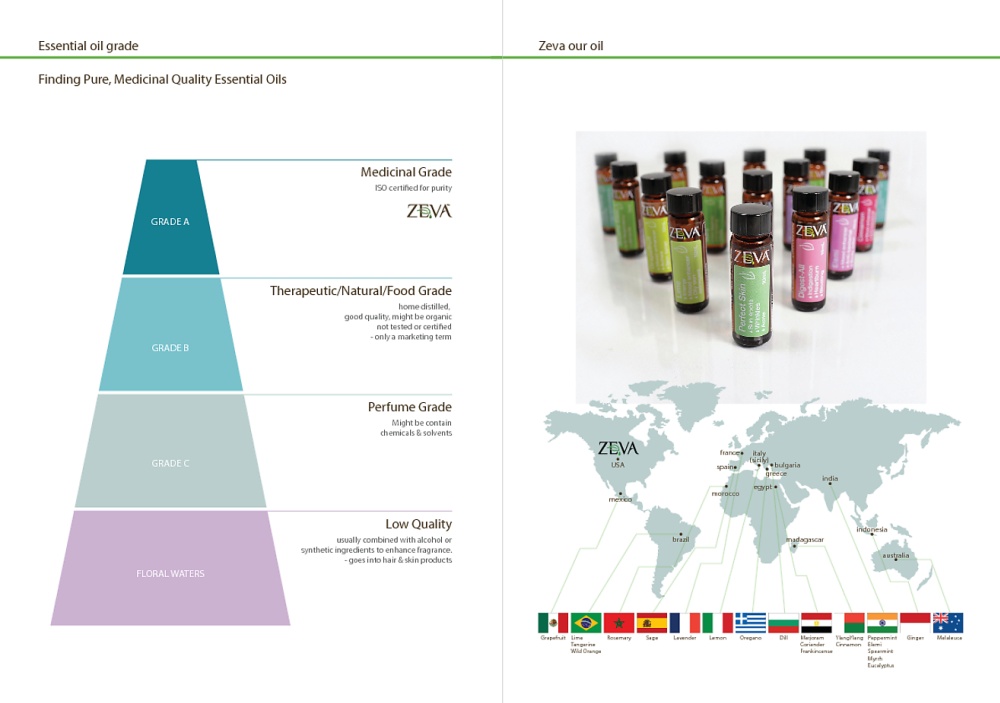It appears that your cart is currently empty

ZEVA Digest All Essential Oil 10ML
ZEVA Digest All For Upset Stomach, Gas Pain, Bloating, Stomach Ache, Undiluted Pure Organic Essential Oil 10ML
DIGEST ALL contains the most effective blend of essential oils to assist the our digestive system.DIGEST ALL is a healthy, natural, and gentle way to soothe an upset stomach or maintain a healthy digestive system.Great to have on hand when stomach upset occurs and is safe and effective.
Peppermint, Sweet Orange, Ginger and Ajowan come together to sooth and calm a troubled digestive system. Good digestion is the key to good health and energy. Use this blend for indigestion, gas, bloating, heartburn or any other digestive trouble.
- Peppermint is known for being refreshing, mentally stimulating and energizing. This essential oil offers a balancing, stabilizing effect in aromatherapy.
- Sweet Orange has also been applied to combat colds, constipation, dull skin, flatulence, the flu, gums, slow digestion, and stress.
- Ajowan has anti-spasmodic and anti-microbial properties. It also has been traditionally used in India as an antiseptic and aromatic carminative.
Usage: Use one or two drops in your water after a meal or apply topically to your stomach area for digestive pain.
- Aid in the digestion of food, soothe occasional upset stomachs, and reduce uncomfortable gas and bloating
- Use one or two drops in your water after a meal or apply topically to your stomach area for digestive pain.
- Diffusion: Use three to four drops in the diffuser of your choice for a calming aroma.

ISO QUALITY
The ISO created quality standards for essential oils under theTC-54 Guidelines. One of these quality guidelines is to use Gas Chromatography to test for the active phytochemical content of each oil and if it does not meet these minimum amounts, the oil is not considered of value. Most essential oils companies do not even consult these guidelines when purchasing their oils, thus they cannot be of any theraputic value even though they may use that term as a marketing strategy. If an oil is not ISO certified, then do not buy it.

The Medicinal Oil Association (MOA) was founded to be an independent quality control regulating body for the essential oil industry. It was founded by Dr Jed Adamson ND and Dr Tracy Gibbs PhD. The popularity of and wide spread use of essential oils is similar to the growth of the dietary supplement industry in the early 1990’s but today, just as then, there is no regulatory body to determine safety, purity or misuse of essential oils.
The need to establish quality control is evident by the fact that some companies create there own made up quality terms such as “Therapeutic grade” or “CPTG” or other false names that give the consumer a false sense of security.
France and the ISO have been successful at adopting strict quality control standards for essential oils yet other countries have not adopted these standards. The MOA has adopted these standards and intends to be a regulating body in the USA and other countries to increase awareness of what a high quality essential oil should be.
AFNOR standards were established by The Association for French Normalization Organization Regulation for the French essential oil industry. The program was so successful that the International Standards Organization (ISO) adopted the AFNOR standards for essential oils and provides a list of these ISO standards and guidance for essential oils on their web site. Surprisingly enough, no USA Company or organization has adopted these standards to date and all continue to make silly claims to try to prove quality without any regulatory body supporting their claims.
To date, there has been no company or organization that certifies essential oils. The MOA was established to fill this need. Companies who wish to have an independent organization test the quality of their oils for ISO compliance can contact the MOA to conduct independent testing and certification. Companies who pass these tests can then proudly state that their essential oil is of ISO quality and therefore is a true “Medicinal Grade” oil. Ethical companies will use this standard in their marketing literature. Oils produced only for fragrance need not apply.
This is a very valuable certification program for oil producers and consumers because currently no organization regulates whether a company is meeting ISO standards!
The MOA will conduct various tests on each batch of oil. These tests will include Gas Chromatography having a column length 50 or 60 meters in order to accurately determine the oil constituents according to their certification process. This is not the only method that will be used due to the fact that creative chemical engineers can sneak synthetic ingredients into oils that GC equipment alone cannot pick up. However, using other methods, we will be able to determine whether or not an oil has been adulterated.
As an example of what a final anaylisis may look like for an ISO “Medicinal Grade” oil, let’s look at the active chemical components of a high quality Lavender ()
Lavender Essential Oil Constituent (Minimum-Maximum Percentage)
- Linalol (25-38 %)
- Linalyl acetate (25-45 %)
- Cis-beta-ocimene (25-38 %)
- Trans-beta-ocimene (4-10 %)
- Terpinen-4-ol (1.5-6 %)
- Lavendulyl acetate (0-2%)
- Lavendulol (0-0.3 %)
- Beta-phellandrene (traces-0.5%)
- Alpha-terpineol (0-1%)
- Octanone-3 (traces-1%)
- Camphor (traces-0.5%)
- Limonene (0-0.5%)
- 1,8 cineole (0-1%)
So you can see from this profile that the maximum amount of Camphor we will allow is 0.5%! A synthetic extract of Lavender called Lavandin contains 5-11% camphor and therefore may not be supportive of certain skin applications because of the camphor level. A truly pure lavender is excellent for the skin so if an oil matched the above phytochemical criteria, it can be called “Medicinal Grade”!
Companies that do not analyze their oils and adulterate their oils are not only being deceptive but irresponsible. After all, synthetic compounds in oils such as synthetic linalyl acetate and propylene glycol are harmful to the body and place the consumer at risk. Please do not support these companies! If your company does not display the MOA logo on its website, label or brochure, do not trust it and do not support these companies.
Jed Adamson ND
MOA/ Chairman and Founder












